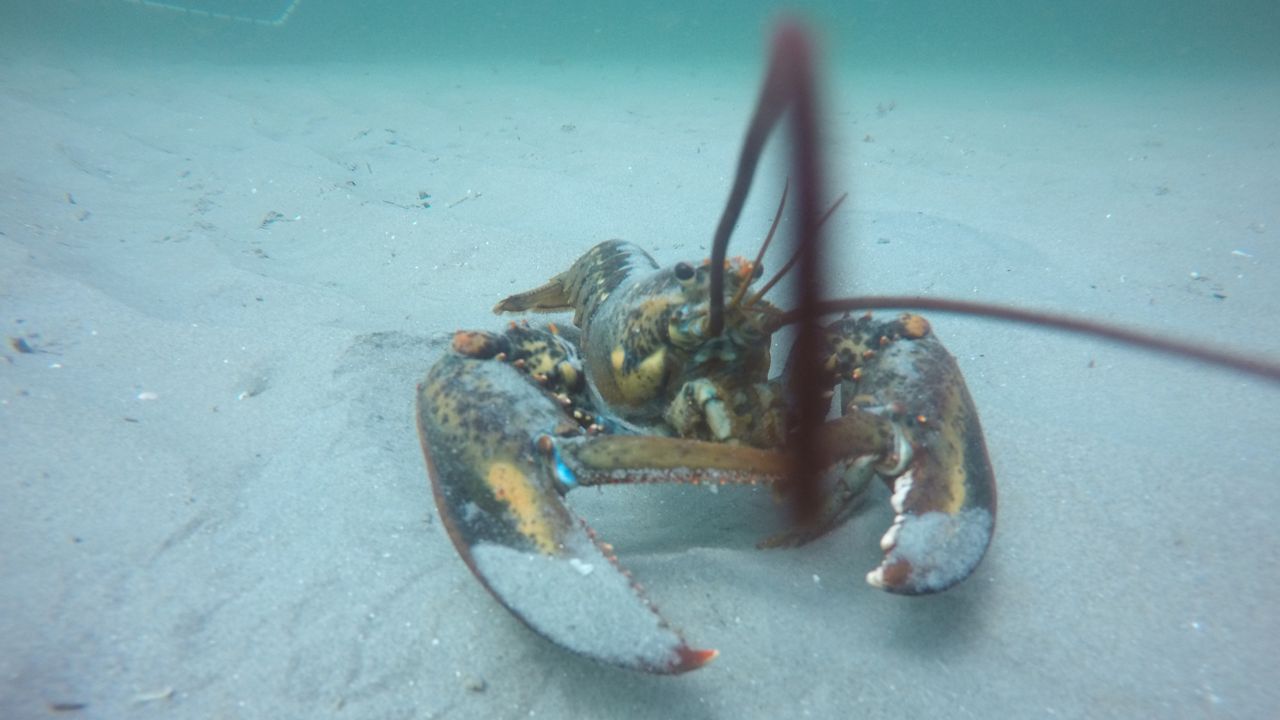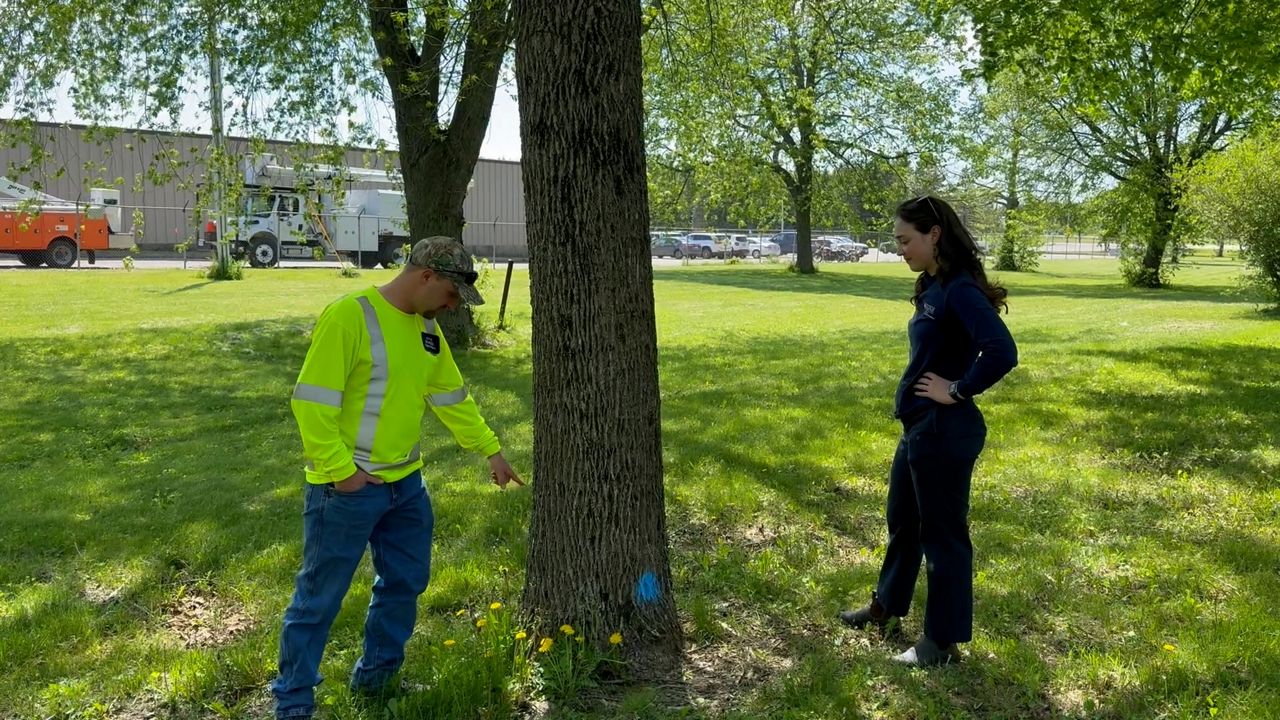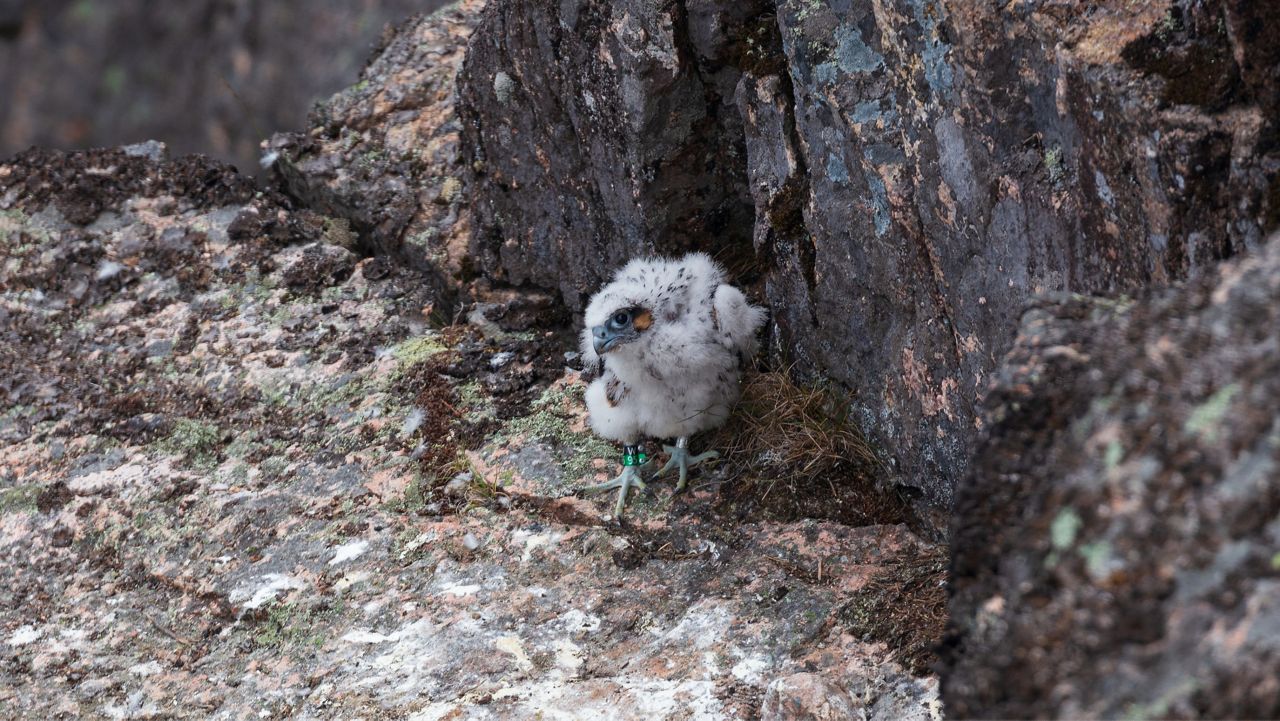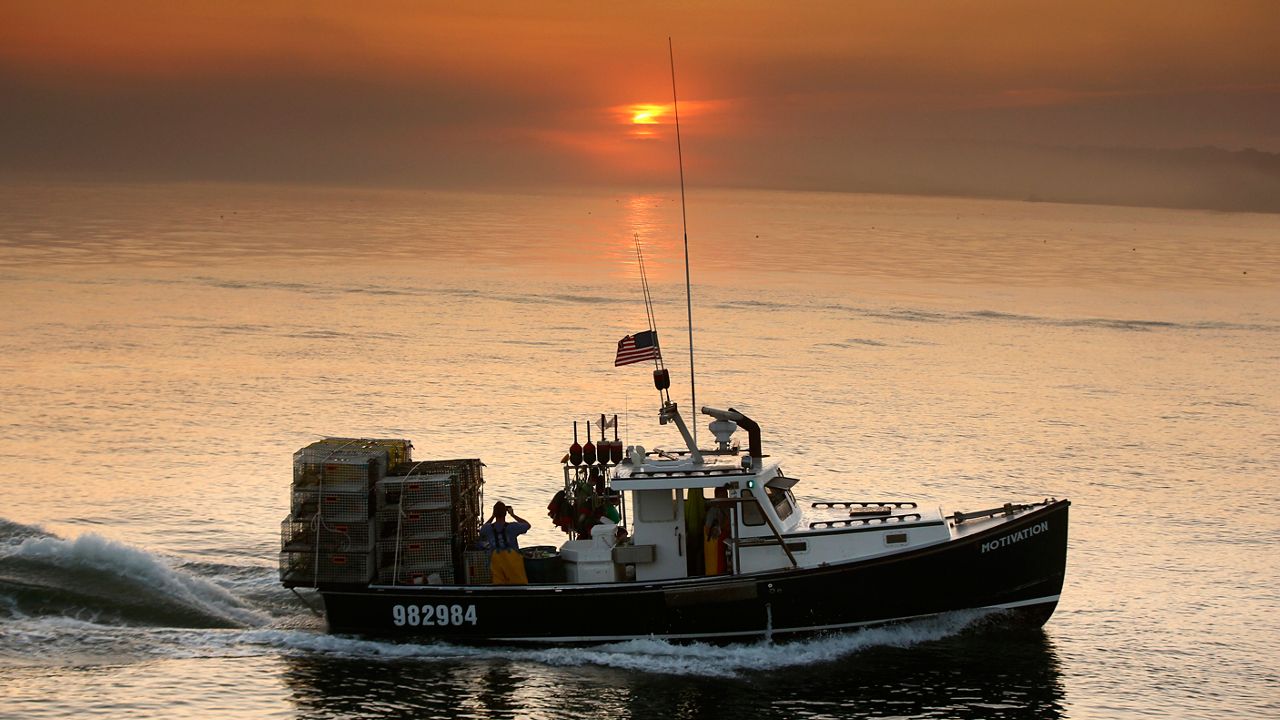Lobster habitat in the Gulf of Maine is changing, in part due to environmental changes, according to a new study from the University of Maine.
Researchers examined 20 different sites along the Maine coastline. They dove as far as 10 meters down to count and measure lobsters. They also collected data on conditions such as temperature. The study also includes similar data dating back to the 1990s.
The scientists found that from 1995 to 2021 lobsters had been moving away from habitats under boulders and were more often found in open spaces. They also found population densities have declined.
“When you consider that this is one of the best studied commercially important marine species in the world, it is stunning that we keep getting surprised by our iconic lobster,” said Bob Steneck, professor emeritus of oceanography, marine biology and marine policy and one of the study’s authors.
The study did not point to a single cause but noted that water temperatures over the same period have risen a total of 3 degrees Celsius. The study described other changes, such as the decline of kelp in the area, and the increase of algal beds. The research showed lobsters living in the open will often hide under the beds.
Scientists believe that the changes have led to fewer baby lobsters being found on the ocean floor. The report indicated researchers found more older and larger lobsters than in previous years.
Researchers published their report in the journal Marine Ecology Progress Series.










